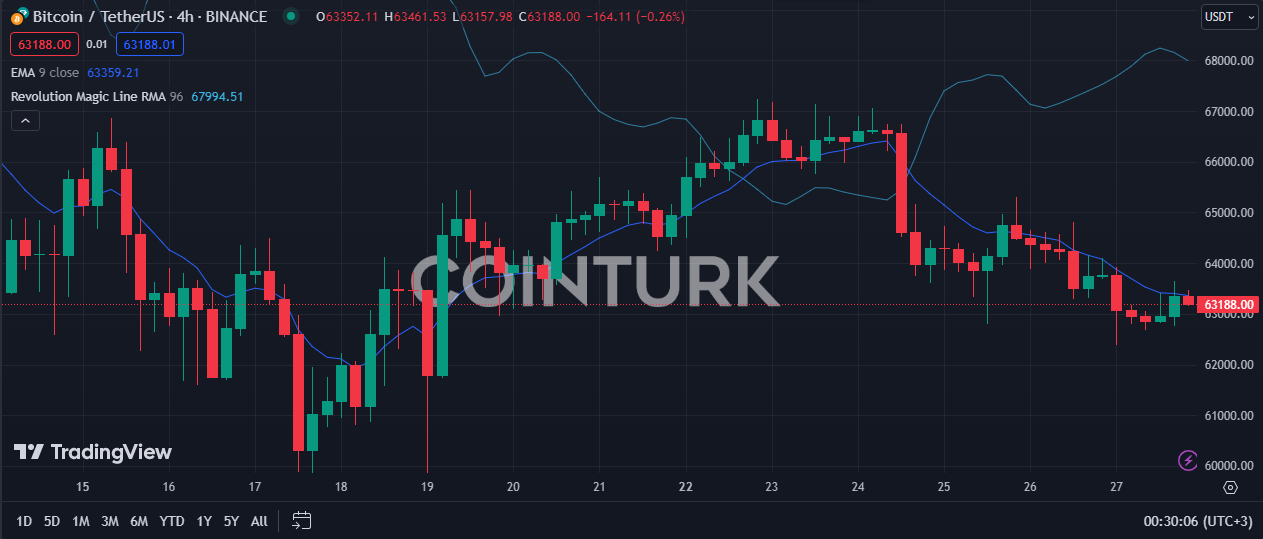While the existence, functionality, and service areas of Bitcoin continue to be debated globally, how countries’ policies define the role of BTC remains a topic of interest. In March, Bitcoin reached its ATH, capturing global attention, raising questions about the Swiss National Bank’s approach to BTC.
Switzerland and the Future of Bitcoin
Recently, the president of the Swiss National Bank (SNB) made a significant statement. He expressed that he is not convinced that holding Bitcoin (BTC) as a reserve currency aligns with his institution’s interests.
According to a report by Reuters, Thomas Jordan, made a notable statement at the central bank’s annual general meeting on Friday. Jordan highlighted the downsides of holding the leading cryptocurrency:
We have not yet decided whether we want to invest in Bitcoin. There are actually good reasons for this. Currency reserves are for international payments. They need to be liquid. They must be sustainable. And we must be able to sell and buy them.
It is known that individuals who value cryptocurrency have campaigned for SNB to hold a portion of its foreign reserves in BTC.
Luzius Meisser, the chairman of Bitcoin Suisse, a crypto financial service provider, also made significant remarks at SNB’s annual general meeting. Meisser shared his views on BTC investment, stating:
One of the interests of Switzerland and its people is to have a safe and stable currency. I firmly believe that spending less on loss-making government bonds and starting to HODL Bitcoin would strengthen the Swiss Franc and the independence of the Swiss National Bank.
How Much is Bitcoin Now?
Bitcoin is currently trading at $63,188 at the time of writing. This appears to have contributed to a 2.43% drop over the last 7 days. The last 30 days saw an 8% decline.

Bitcoin’s market cap has fallen to $1.243 trillion in the last 24 hours, indicating a critical drop below the $1.250 trillion level.
Meanwhile, the 24-hour trading volume has experienced a 20% decrease, falling to $19.5 billion. Consequently, this suggests a decline in investor interest.

 Türkçe
Türkçe Español
Español








